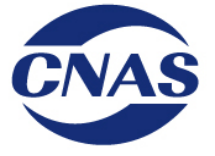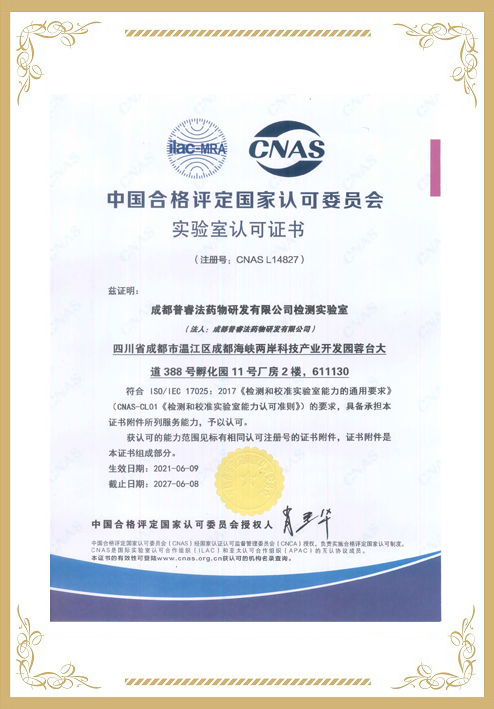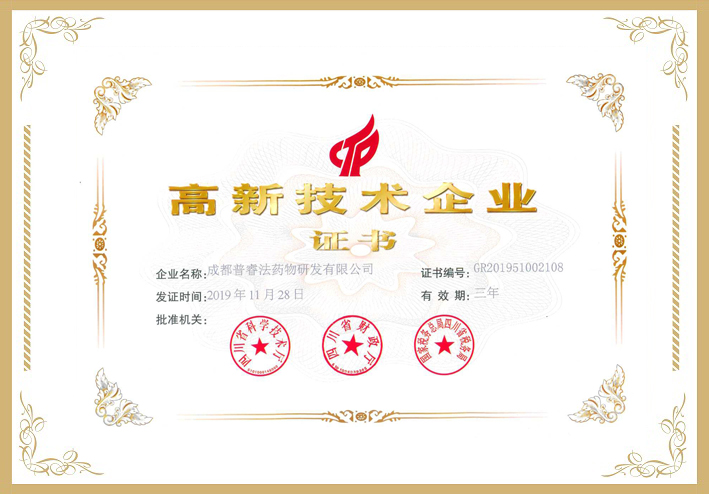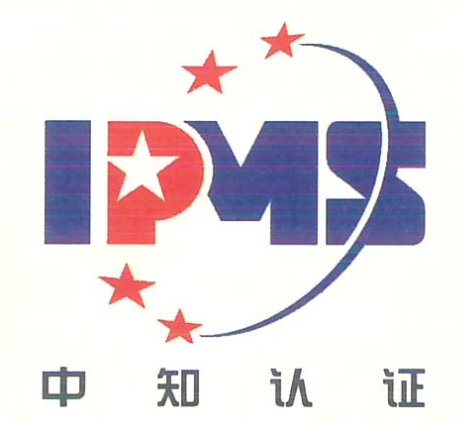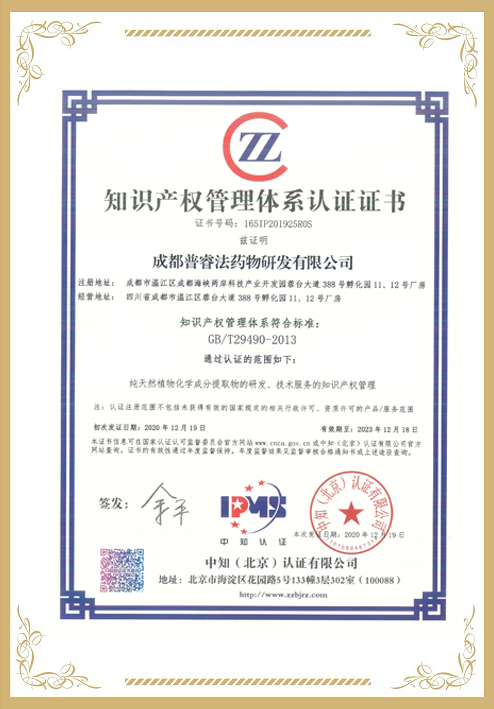在线咨询
联系电话:
销售:
400-829-7929(7*24小时)
028-
82633860
028-
82633397
028-82633165
技术服务和产品定制:
028-82633987
在线服务:
沈帅  文静
文静 
贺丹丹 


销售微信1
销售微信2
文献信息
Structure–activity relationship and mechanism of four monostilbenes with respect to ferroptosis inhibition
Erastin-treated bone marrow-derived mesenchymal stem cells (bmMSCs) were prepared and used to compare the ferroptosis inhibitory bioactivities of four monostilbenes, including rhapontigenin (1a), isorhapontigenin (1b), piceatannol-3′-O-glucoside (1c), and rhapontin (1d). Their relative levels were 1c ≈ 1b > 1a ≈ 1d in 4,4-difluoro-5-(4-phenyl-1,3-butadienyl)-4-bora-3a,4a-diaza-s-indacene-3-undecanoic acid (C11-BODIPY), 3-(4,5-dimethylthiazol-2-yl)-2,5-diphenyltetrazolium bromide (MTT), and flow cytometric assays. The comparison highlighted two 4′-OH-containing monostilbenes (1c and 1b) in ferroptosis inhibitory bioactivity. Similar structure–activity relationships were also observed in antioxidant assays, including 1,1-diphenyl-2-picryl-hydrazl radical (DPPH˙)-trapping, 2-phenyl-4,4,5,5-tetramethylimidazoline-1-oxyl 3-oxide radical (PTIO˙)-trapping, and Fe3+-reducing assays. UPLC-ESI-Q-TOF-MS analysis of the DPPH˙-trapping reaction of the monostilbenes revealed that they can inhibit ferroptosis in erastin-treated bmMSCs through a hydrogen donation-based antioxidant pathway. After hydrogen donation, these monostilbenes usually produce the corresponding stable dimers; additionally, the hydrogen donation potential was enhanced by the 4′-OH. The enhancement by 4′-OH can be attributed to the transannular resonance effect. This effect can be used to predict the inhibition potential of other π–π conjugative phenolics.
Rhapontigenin (C15H14O4, CAS number: 500-65-2, MW: 258.3, purity 98%), isorhapontigenin (C15H14O4, CAS number: 32507-66-7, MW: 258.3, purity 98%), piceatannol-3′-O-glucoside (C20H22O9, CAS number: 94356-26-0, MW: 406.4, purity 98%), and rhapontin (C21H24O9, CAS number: 155-58-8, MW: 420.4, purity 98%) were obtained from Chengdu Biopurify Phytochemicals, Ltd. (Chengdu, China).
















